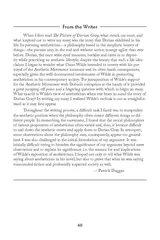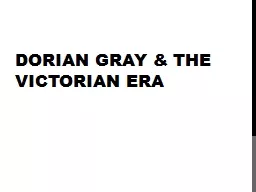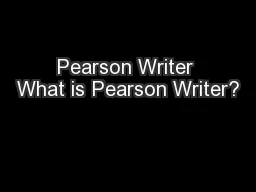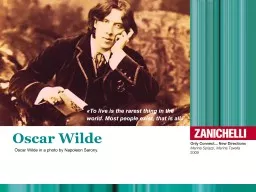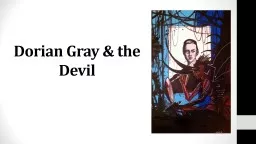PDF-From the Writer When I rst read e Picture of Dorian G
Author : olivia-moreira | Published Date : 2015-04-24
In pursuing aestheticisma philosophy based in the simplistic beauty of thingsthe pursuer may in the end and without notice emerge uglier than ever before Dorian
Presentation Embed Code
Download Presentation
Download Presentation The PPT/PDF document "From the Writer When I rst read e Pictu..." is the property of its rightful owner. Permission is granted to download and print the materials on this website for personal, non-commercial use only, and to display it on your personal computer provided you do not modify the materials and that you retain all copyright notices contained in the materials. By downloading content from our website, you accept the terms of this agreement.
From the Writer When I rst read e Picture of Dorian G: Transcript
Download Rules Of Document
"From the Writer When I rst read e Picture of Dorian G"The content belongs to its owner. You may download and print it for personal use, without modification, and keep all copyright notices. By downloading, you agree to these terms.
Related Documents

